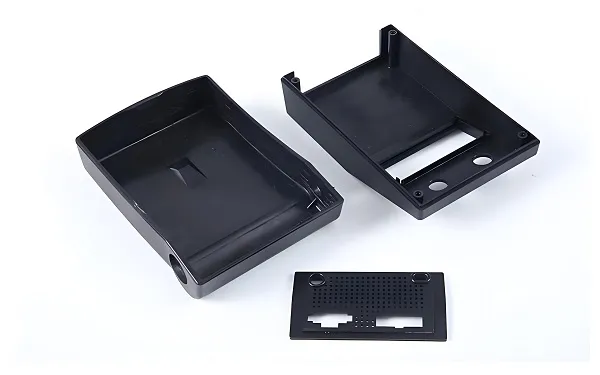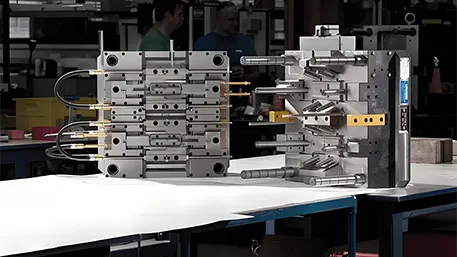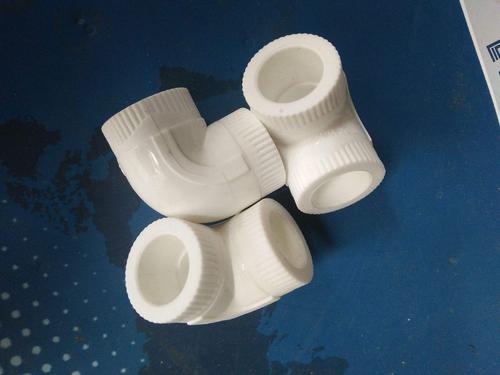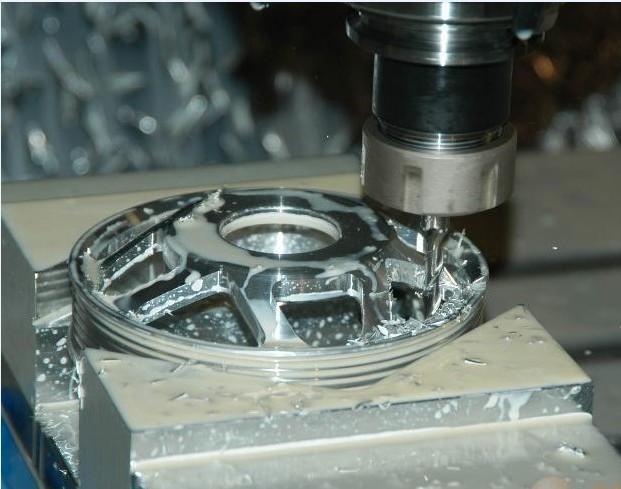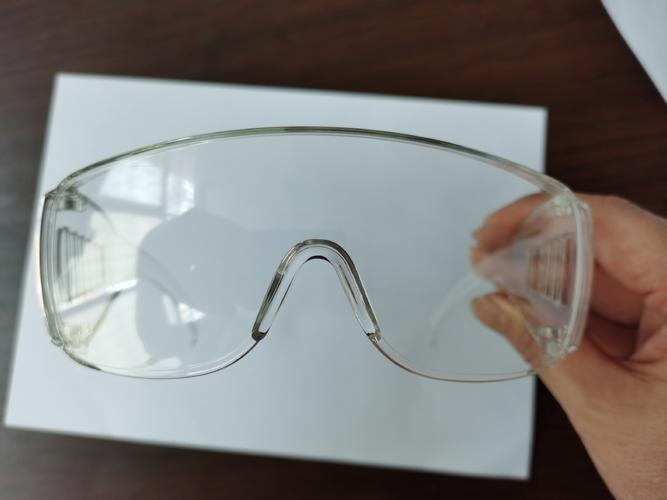
Answer
It can’t be simply determined that casting is cheaper than injection molding. The costs of both are affected by various factors. Regarding mold costs, casting molds are relatively simple and have a low manufacturing cost, but die – casting molds are costly; injection – molding molds have a complex structure and usually a high manufacturing cost. In small – batch production, casting may be cheaper due to its low mold cost, while in large – batch production, the mold cost per product in injection molding is reduced, showing an obvious cost advantage. In terms of materials, casting can use a variety of metals with different prices, and injection molding mainly uses plastics with varying costs, making it difficult to directly compare. Overall, for small – batch and simple – structured products, casting costs may be lower; for large – batch and high – precision plastic products, injection molding may have a cost advantage.
Extended Answer
In the manufacturing industry, casting and injection molding are two widely used processes, and cost is a crucial factor that enterprises pay great attention to when choosing a process. To accurately determine whether casting is cheaper than injection molding, in – depth analysis from multiple aspects is required.
Mold Cost Dimension
The casting process encompasses various types, and there are significant differences in mold costs among different types. Sand casting, a common casting method, has relatively simple mold manufacturing. Usually, the mold is made of molding sand, which is widely available and inexpensive. Moreover, the manufacturing process does not require complex processing equipment or extremely high precision requirements. For example, in some small factories producing simple mechanical parts such as small – sized brackets and bases, the sand – casting mold may only need a simple wooden or metal mold, and the manufacturing cost may range from a few hundred to several thousand yuan. However, die – casting, another important casting process, has a rather high mold cost. Die – casting molds need to withstand high – temperature and high – pressure working environments, so they have extremely high requirements for the high – temperature and high – pressure resistance and wear – resistance of the mold material. High – quality steel such as H13, a hot – working die steel, is often used. These steels are more expensive than ordinary steels. In addition, the structure of die – casting molds is complex, and high – precision processing equipment and advanced processing techniques are required to ensure the accuracy and quality of the mold. Take the die – casting mold for automotive aluminum – alloy wheels as an example. The manufacturing cost of a set of molds may be as high as several hundred thousand yuan or even over one million yuan.
On the contrary, the mold structure of the injection – molding process is generally highly complex. Injection – molding molds need to precisely control the flow path, temperature distribution of the plastic melt, and the product demolding process. Therefore, the mold often has a complex runner system, cooling system, and demolding mechanism inside. For example, when producing the outer shells of electronic products with fine appearance and internal structures, the injection – molding mold not only needs to ensure the dimensional accuracy and surface quality of the shell but also ensure that the internal structures for installing electronic components are accurate. This requires the mold to have high – precision processing and assembly accuracy. The mold materials usually select high – quality mold steels such as P20 and 718, and advanced processes such as computer – numerical – control (CNC) machining and electrical – discharge machining are widely used in the manufacturing process. All these result in a high manufacturing cost of injection – molding molds. The cost of a set of medium – complexity injection – molding molds may range from tens of thousands to hundreds of thousands of yuan.
In small – batch production scenarios, the casting process may have a certain cost advantage due to its relatively low mold cost. For example, when the production quantity is from dozens to hundreds of pieces, the low – cost characteristic of the sand – casting mold makes the mold cost per piece relatively low. However, as the production batch increases, the cost advantage of the injection – molding process gradually emerges. Because although the initial manufacturing cost of injection – molding molds is high, in large – batch production, the mold cost can be allocated to a large number of products, significantly reducing the mold cost per piece. For example, when the production quantity reaches tens of thousands or even hundreds of thousands of pieces, the mold cost per piece of injection – molded products may be lower than that of cast products.
Material Cost Dimension
The casting process can use a wide variety of materials, mainly metal materials. Different metal materials have significant price differences due to their composition, properties, and market supply – and – demand relationships. For example, ordinary cast – iron materials are relatively affordable, and their market price may be around several thousand yuan per ton. They are often used to manufacture castings with low performance requirements and simple structures, such as some manhole covers for construction and bases of ordinary machinery. However, some special alloy materials, such as titanium alloys commonly used in the aerospace field, have excellent properties such as high strength, low density, and good corrosion resistance. However, their smelting and processing are difficult, resulting in a high price. The price per ton can reach hundreds of thousands of yuan or even higher.
The injection – molding process mainly uses plastic materials. The types of plastic materials are also diverse, and their prices also vary depending on the variety and performance. Common general – purpose plastics such as polyethylene (PE) and polypropylene (PP) are widely available and have a mature production process, with relatively low prices. Generally, they are priced from several thousand to over ten thousand yuan per ton and are widely used in the production of daily necessities such as plastic cups and plastic tableware. Some high – performance engineering plastics, such as polycarbonate (PC) and polyetheretherketone (PEEK), have excellent mechanical properties, high – temperature resistance, and chemical stability. However, their synthesis processes are complex and the costs are high. The price per ton may be several tens of thousands of yuan or even higher, and they are often used to manufacture products with high – performance requirements, such as automotive lamp housings and high – end components of electronic devices.
Since casting and injection molding use different types of materials, it is difficult to directly compare the material costs of the two. In practical applications, the choice of material cost often depends on the performance requirements of the product. If the product needs to have metal characteristics such as high strength, hardness, and wear – resistance, the casting process has an advantage in material selection. Although the cost of some metal materials is high, they can meet the product performance requirements. For products that have requirements for weight, insulation, corrosion resistance, etc., and the performance of plastic materials can meet these requirements, injection molding can take advantage of the relatively low cost of plastic materials to reduce costs.
Production Efficiency Dimension
The production speed of the casting process is usually relatively slow. Take sand casting as an example. Its production process includes several steps such as making the mold, melting the metal, pouring, cooling and solidifying, and cleaning the casting. When making the mold, operations such as the molding and compacting of the molding sand and the making of the core all take a certain amount of time. Moreover, the quality of the mold making has a great impact on the quality of the casting, requiring operators to have certain skills and experience. During the pouring process, in order to ensure that the molten metal can smoothly fill the mold and obtain good casting quality, parameters such as the pouring temperature and pouring speed need to be controlled, which also affects the production speed. Generally, it may take several minutes to dozens of minutes to produce a medium – sized casting by sand casting. Even for the die – casting process, although its production speed is relatively higher than that of sand casting, due to factors such as the opening and closing speed of the die – casting machine, the die – casting cycle, and the cooling time of the mold, the number of pieces produced per minute is also relatively limited.
The production efficiency of the injection – molding process is relatively high. The injection – molding machine can quickly inject the plastic melt into the mold cavity and complete processes such as pressure – holding, cooling, and demolding in a short time. Modern advanced injection – molding machines are equipped with high – speed opening and closing systems and efficient injection systems, enabling a fast cycle time. For example, when producing small plastic parts, the cycle time of the injection – molding machine may only be a few seconds to ten – odd seconds, and dozens or even hundreds of products can be produced per minute. Moreover, the injection – molding process can achieve automated production. By equipping automated feeding systems, demolding systems, and quality inspection systems, the production efficiency can be further improved, reducing labor costs.
In large – batch production, the high – production – efficiency advantage of the injection – molding process makes it more competitive in cost control. Since more products can be produced per unit time, it can not only meet market demand faster but also allocate fixed costs (such as equipment depreciation and factory rent) to more products, thereby reducing the cost per piece. However, due to the relatively slow production speed of the casting process, more equipment and labor need to be invested in large – batch production, and the cost increases significantly. But in small – batch production, due to the large upfront investment of injection – molding equipment and the relatively long equipment adjustment and mold – changing time, the casting process may be more cost – flexible.
Post – processing Cost Dimension
After casting parts are formed, they often require more post – processing steps, which will increase certain costs. For example, the surface of sand – casting parts is usually relatively rough, and the dimensional accuracy is relatively low. Surface treatment processes such as grinding and sandblasting are required to improve the surface quality to meet the design requirements. For some castings with high requirements for dimensional accuracy, machining operations such as turning, milling, and drilling may also be needed to ensure the dimensional accuracy and assembly accuracy of the casting. In addition, in order to improve the performance of some castings, heat treatment such as annealing, normalizing, and quenching is required. These post – processing steps all require the investment of corresponding equipment, labor, and energy, increasing the production cost.
The post – processing steps of injection – molded products are relatively few. Generally, injection – molded products have high dimensional accuracy and surface quality, and only some simple post – processing such as removing the gate and burrs is required. For some products with high appearance requirements, surface polishing, painting, etc. may be needed, but overall, the post – processing cost is relatively lower than that of cast parts.
The cost comparison between casting and injection molding is a complex issue, comprehensively affected by various factors such as mold cost, material cost, production efficiency, and post – processing cost. In actual production, enterprises need to comprehensively evaluate and select the appropriate process based on specific product requirements, production batches, and cost budgets to effectively control costs and ensure product quality. If you still have doubts about whether to choose casting or injection molding for a specific product, you are welcome to continue the discussion so as to analyze the cost differences more accurately.

